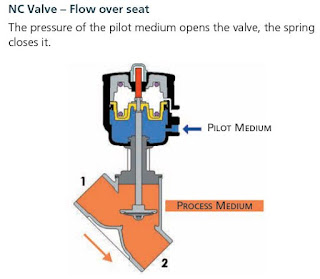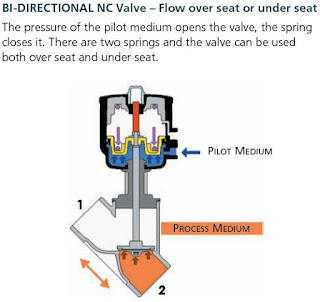Piston Valve Applications: Autoclaves for Food Sterilisation
M&M Piston actuated valves can be used in a wide variety of applications. This blog post looks at how they are used in autoclaves for food sterilization.
Piston actuated valves in autoclaves for food sterilisation:
Piston actuated valves can be used in autoclave applications, in this specific application we are looking at the use of piston actuated valves in autoclaves for food sterilisation.
You can view the V-Flow Solutions range of M&M Piston actuated valves here:
Piston actuated valves in autoclaves for food sterilisation:
Piston actuated valves can be used in autoclave applications, in this specific application we are looking at the use of piston actuated valves in autoclaves for food sterilisation.
Autoclaves for sterilisation are machines that process foodstuffs using steamy heat.
Food processing obtained through sterilization consists of:
- Steam cooking of food raw materials such as sauces, jams or marmalade;
- The packaging of fresh food into jars, bottles, cans or packets with superheated steam.
Through heat sterilisation, all micro-organisms dangerous to human health are completely destroyed without toxic residues on foodstuff.
1st Stage - Vacuum
Product placed in a steriliser is closed inside the autoclave. Before starting sterilization, valves (A)(B) create a –1 bar depression inside the chamber through a vacuum pump. Vacuum is needed to prevent air sacs at not controlled temperatures from creating, which are potentially dangerous to the quality of sterilisation.
2nd Stage - Sterilization
During the sterilization cycle valve (C) controls steams at 121ºC temperature and 2 bar pressure for a processing time of 10-15 minutes.
3rd stage – Exhaust
Once the sterilisation cycle is over, valve (C) closes, valve (D) opens restoring the atmospheric pressure, valves (E)(F) empty water created through steam condensation at 70°C temperature and atmospheric pressure. The port can then be opened to take out processed products.
The type of valve that we would recommend for this application is:
You can view the V-Flow Solutions range of M&M Piston actuated valves here:
V-Flow Solutions: Piston Valves
You can read the rest of V-Flows blogs here.
Technical Information
You can read the rest of V-Flows blogs here.
M&M Angle seat piston valves
M&M piston valves are highly recommended under these conditions:
M&M piston valves are manufactured in Italy, using the highest quality materials for a high-quality product.
M&M piston actuated valves use an external control media to pilot the actuator, where a piston valve is directly connected to the main seal that closes onto the main orifice, thereby controlling the flow of liquids and gases.
- Media containing dirt particles
- Highly viscous media (up to 600 cST (80°E); 1 centistoke = 1 mm2/s)
- High flow volumes
- High temperatures
- Damp environments or hazardous locations
|
|
|
|
|
Technical Information
The main seal material used in piston actuated valves:
A modified PTFE has been used as the main seal material since 2004 when it replaced the original PTFE material seal.
The modified PTFE seal provides these benefits over the previous version:
- Lower porosity and permeability
- Fewer void spaces
- Higher elasticity
- Reduced deformation under load
- Better chemical resistance to controlled media
- Smoother surface and improved design flexibility
The standard bonnet seals consist of 2 'V'-shaped FKM gaskets and a package of 25% graphite-filled PTFE gaskets.
High-temperature Piston actuated valves:
M&M can offer a piston valve that can be used up to 200°C, provided that the valve pressure limits are respected.
The main differences, in regards to the materials in this design, are as follows:
The main differences, in regards to the materials in this design, are as follows:
- Change of the actuator material: From standard PA6 to PA66 filled with 30% fibreglass
- All valves with DN > 25 with fixed plug design (to withstand turbulence caused by steam at high speed)
- Special design of bonnet chevrons, all are made of 25% graphite-filled PTFE
10 Reasons to use a piston actuated valve:










Comments
Post a Comment